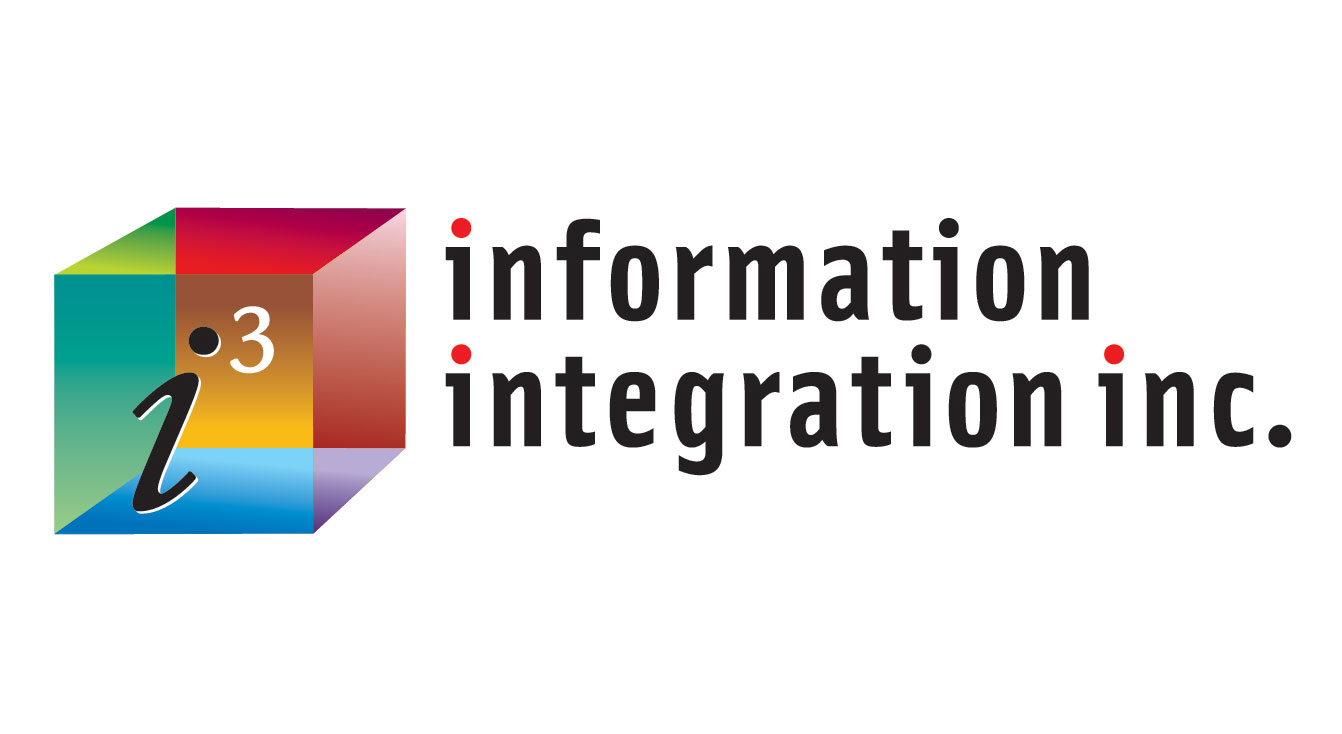As we enter a new phase of “back to work,” we are facing completely new norms and a rapidly evolving workforce. Several trends that started gaining popularity in 2020 are at play (e.g., remote work, hybrid office, flexible hours), and for companies to stay afloat, they must navigate them all. Employers must adapt by creating positive, flexible, and collaborative environments tailored to the needs of today’s worker.
Today’s Worker
- Remote office – Remote work, which has proven to be beneficial to both employees and employers, is trending up and businesses should build work structures to support this new trend.
- Flex hours/work arrangements – The pandemic created a thriving environment for flexible work, which has also proven to be beneficial to both employees and employers, with data supporting the growing awareness that employees are not willing to give these up.
- Communication and technology tools – Gen Z’ers and Millennials are technology mavens who thrive on digital collaboration software tools and other innovations that have revolutionized business communication, making it fast and efficient (e.g., instant messaging, chat apps, and social media).
- Work life balance – Workers have learned to build more personal and family time into their lives and no longer accept that work takes precedence.
- Employee wellbeing – As Gen Z’ers become the dominant group in the global workforce, businesses must evolve to meet their rapidly shifting wellness demands, incorporating time to de-stress, exercise, eat nutritiously, and take care of their emotional wellbeing.
- Upskilling/team building – Companies that provide opportunities for honing new skills and team building will have greater appeal for workers who want to stay current with in-demand skillsets.
The Rise in Contingent Staff (Freelancers and Contract Workers)
With the labor market as volatile and uncertain as it appears, new opportunities will open up and contingent staffing demand will continue to increase. During the pandemic, we saw companies becoming increasingly reliant on contingent workers who were more readily available and nimble. The candidate shortage is on the rise and is shifting the market. As unemployment has returned to relatively low levels, the volume of candidates has trended downward, reaching all-time lows. In this environment, efficient sourcing, enhanced perks (including remote/hybrid roles), and interesting job opportunities will become increasingly important to employers as they seek to attract candidates.
While some positions in specific industries have returned to pre-pandemic levels, others have become scarcer. As this trend continues, the contingent workforce will become more prevalent as companies struggle to find employees with specific skillsets and competencies.
Expect to see companies increase their use of contingent staffing to fill employment gaps for a variety of reasons, including:
Cost savings – Using contingent resources can be more cost effective since employers typically spend less time in sourcing and they are not required to provide standard employment benefits (health insurance, profit sharing, vacation pay, etc.).
Broader talent pool – Companies can tap into a highly skilled contingent labor market that is largely unconstrained by geography if they have the flexibility to work with people who do not need to be in a specific location. While an employer may prefer not to hire a permanent employee who works remotely, they may do so for a short-term contract position for which they require a specific skillset.
Leverage staffing firms – Companies will often rely on staffing firms who specialize in sourcing short term/temporary skilled workers, thereby outsourcing the efforts involved in researching, screening, etc.
Risk Mitigation – In the event that a contingent worker doesn’t work out for any reason, they can typically be readily replaced at no additional cost to the employer when a staffing firm is used.
The Road Ahead
Through the remainder of 2021 and into 2022, we can expect to see an expansion of hybrid and remote work opportunities as the workforce supply continues to remain tight. We should concurrently see an increase in contingent talent as “gig” (freelance) work becomes more the norm.
Companies who want to ensure they will have a robust and stable workforce are those that will continue to be flexible and adapt to the norms of this new model.
If you’d like to discuss leveraging i3’s contingent staffing services, contact me by filling out the form below.





